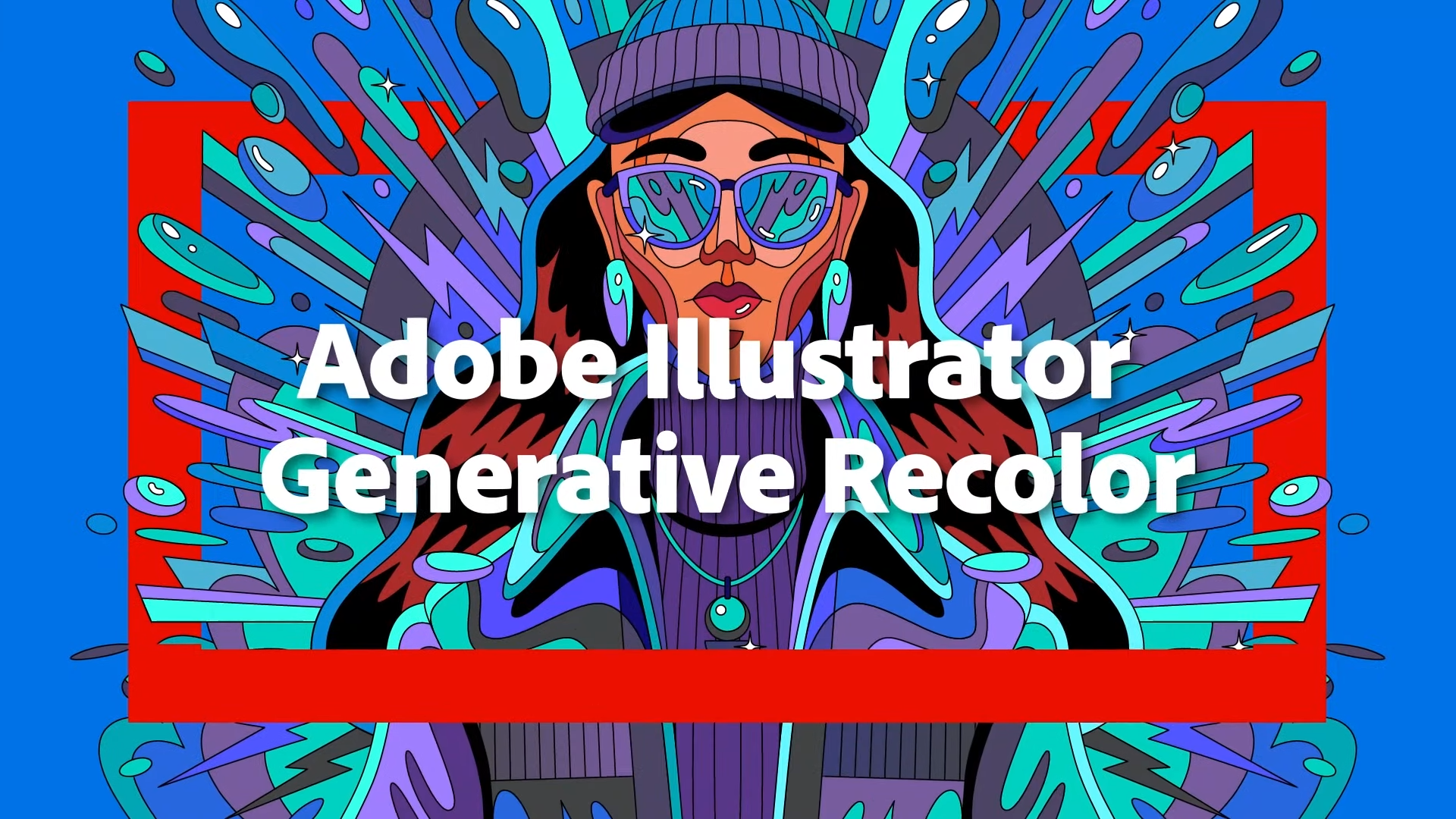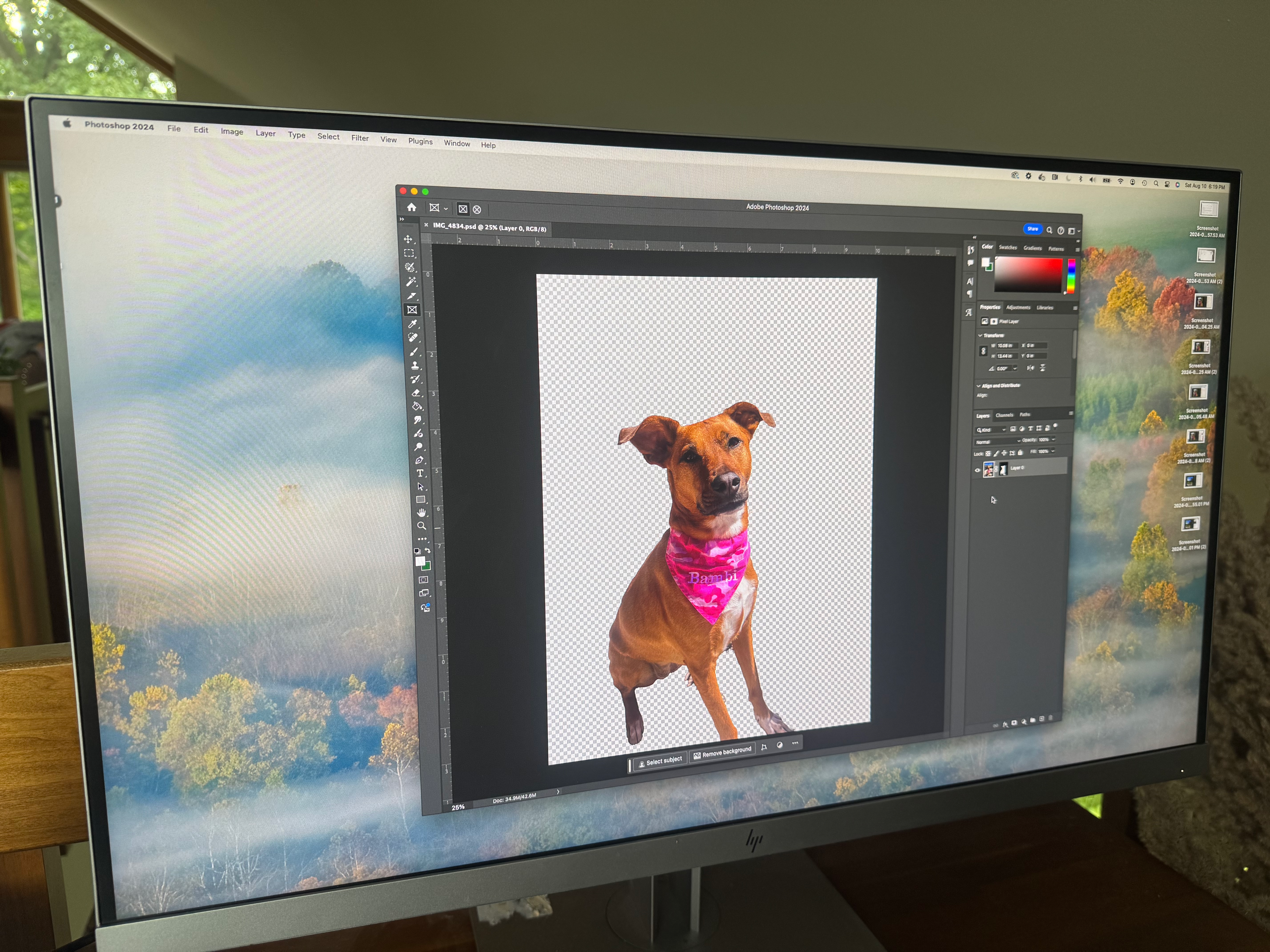Photoshop was the first Creative Cloud app to integrate generative AI features based on Adobe Firefly. These features can significantly improve your Photoshop skills. The generative fill tool lets you add backgrounds, add or remove objects in an image, and even enlarge images. Once you get a taste of what this feature can do, you’ll find yourself using it regularly.

Related
Adobe Illustrator gets new generative AI feature based on Firefly
Adobe brings AI magic to Illustrator with its new Generative Recolor feature.
What is generative filling?
Generative Fill is a new AI-based tool in Photoshop that uses Adobe Firefly to add, remove, or modify images. Generative AI models like Firefly are trained on numerous licensed and public domain images to understand both text prompts and contextual information. Not only can this be used to speed up tasks like removing unwanted objects from the background, but it can also generate entirely new images based on any description imaginable.
Who can use generative fill in Photoshop?
The Generative Fill tool in the desktop version of Photoshop is available to all subscribers, including those using a free trial. The only country not supported is mainland China. The PS Express smartphone app also has Generative Fill features, although the number of monthly Generative Credits for the free version is much lower than for Premium subscribers.
You must currently be connected to the Internet to use the generative fill feature in Photoshop.
Use generative filling for common tasks
There are a number of useful ways you can use generative fill in Photoshop. Here are some of our favorites.
Removing an object
One of the most common tasks in photo editing is removing unwanted people or objects from the image. With the Generative Fill feature, this becomes easier than ever. Here are the steps:
- Use one of the selection tools to select the area you want to remove from the photo.
- The Context-sensitive taskbar appears after you’ve made your selection. You can drag the bar out of the way if it’s obstructing your view of the image.
- Click on Generative filling.
- The taskbar will update with a text box where you can enter a generative fill prompt. To remove the unwanted object, leave the description box blank and Photoshop will fill the area so that it blends with the rest of the photo.
- Click on Generate.
- Photoshop suggests three options for the replacement image. You can scroll through them using the arrows in the taskbar or click Generate again if you want to see more variations.
- All generated options remain in a new layer and the original image layer is not affected.
- Once you’ve decided which version you want to keep, you can click on another layer or tool to exit the generative fill layer.
- You can return to the Generative Fill layer to review or edit the prompt and select different variations.
If you rasterize or merge the generative fill layer, you will no longer be able to view or use the other generated variations.
The gallery below shows the original image and two generated variations for removing strangers from the background.
Add a background
Another fun use of the generative fill feature is to change the background of an image. Here’s how:
- Use one of the selection tools to select the subject of the image you holdand then select Reverse from the Choose Menu.
- The Context-sensitive taskbar appears after you’ve made your selection. You can drag the bar out of the way if it’s obstructing your view of the image.
- Click on Generative filling.
- The taskbar will update with a text box where you can enter a generative fill prompt. In the prompt area, type a description of the background you want. For best results, avoid using verbs like “fill” or “add” – just write a description of what you want to see in the background.
- Click on Generate.
- Photoshop suggests three options for the new background. You can scroll through them using the arrows in the taskbar or click Generate again if you want to see more variations.
- All generated options remain in a new layer and the original image layer is not affected.
- Once you’ve decided which version you want to keep, you can click on another layer or tool to exit the generative fill layer.
- You can return to the Generative Fill layer to review or edit the prompt and select different variations.
The gallery below shows the original image, followed by generated backgrounds based on the following prompts:
- Plains in western Texas with bushes and tumbleweed
- An empty street in New York City
- The foothills of the Rocky Mountains
Note that the generated background even includes matching shadows for the main subject.
Adding an object
Sometimes it is useful to insert new elements into a photo or image. To do this, follow these steps:
- Use one of the selection tools to select the area where you want to insert an object.
- The Context-sensitive taskbar appears after you’ve made your selection. You can drag the bar out of the way if it’s obstructing your view of the image.
- Click on Generative filling.
- The taskbar updates with a text box where you can enter a generative fill prompt. Enter a description of the object you want to add to the prompt area. For best results, avoid using verbs like “fill” or “add”—just describe the object you want to add.
- Click on Generate.
- Photoshop suggests three options for the new object. You can scroll through them using the arrows in the taskbar or click Generate again if you want to see more variations.
- All generated options remain in a new layer and the original image layer is not affected.
- Once you’ve decided which version you want to keep, you can click on another layer or tool to exit the generative fill layer.
- You can return to the Generative Fill layer to review or edit the prompt and select different variations.
The gallery below shows the original image, followed by a version with a “seagull flying in the distance” added.
Enlarge an image
Another useful use of generative fill is to expand a photo or image to fill a larger canvas. This works especially well with repeating patterns or designs that need to be expanded to a new size. Follow these steps:
- Use one of the selection tools to select the area you want to extend the original image.
- The Context-sensitive taskbar appears after you’ve made your selection. You can drag the bar out of the way if it’s obstructing your view of the image.
- Click on Generative filling.
- The taskbar updates with a text box where you can enter a generative fill prompt. To simply expand the existing image to fill the new area, leave the text box blank.
- Click on Generate.
- Photoshop suggests three options for the new object. You can scroll through them using the arrows in the taskbar or click Generate again if you want to see more variations.
- All generated options remain in a new layer and the original image layer is not affected.
- Once you’ve decided which version you want to keep, you can click on another layer or tool to exit the generative fill layer.
- You can return to the Generative Fill layer to review or edit the prompt and select different variations.
The gallery below is an example of expanding a vertical image to fill a square canvas.
Using generative filling in Photoshop has many useful applications
It’s now easier than ever to perform common tasks like removing unwanted objects from an image in Photoshop. The Generative Fill tool, powered by Adobe’s Firefly generative AI model, does a great job of understanding both your text prompts and the context of the original image. Now you know how to apply this new feature in just a few clicks.

